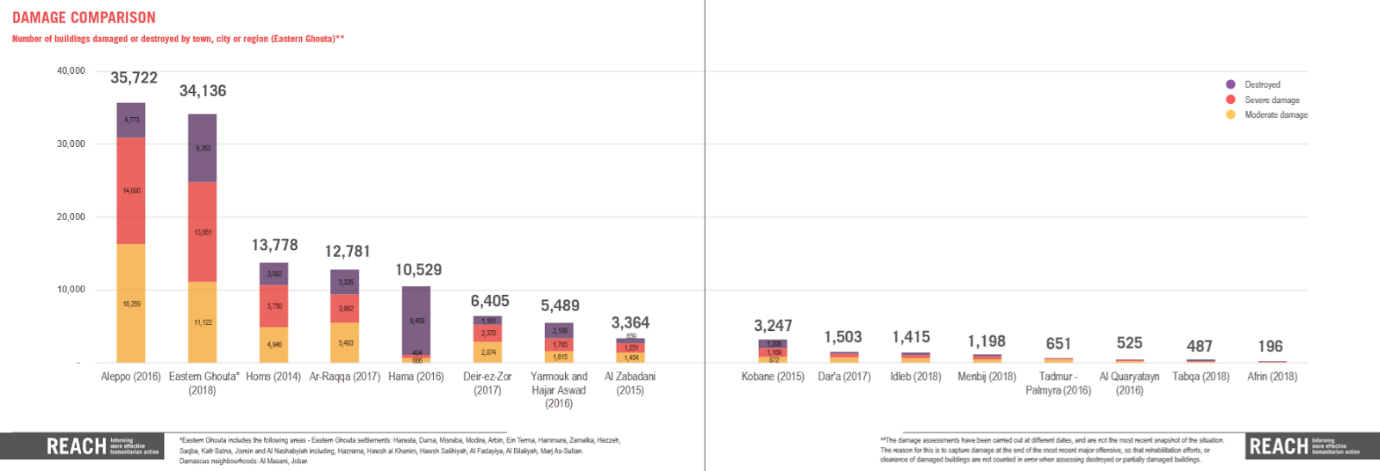| This is the eighth blog post in a series looking at an array of issues in 2020 related to weapons use, the arms trade and security assistance, at times offering recommendations. |
During the Trump administration, expediency, special interests, and perceived economic incentives have often come at the expense of long-standing approaches to U.S. arms transfer decisions. In the last year alone, the administration:
- Released a fact sheet detailing its implementation plan for the revised Conventional Arms Transfer policy, which places a primacy on economic considerations and assisting U.S. defense industry, and seeks to incentivize arms sales as one response to concerns about great power competition. In so doing, however, the policy and its corresponding implementation plan gloss over considerations of human rights and international law – issues that serve to mitigate the inherent risks of arms sales.
- Withdrew America’s signature from the Arms Trade Treaty – the only legal, international agreement that seeks to promote international security and reduce human suffering by regulating the global trade in conventional weapons – in a move that was influenced by and predominately supports special interest groups in the United States, such as the National Rifle Association.
- Declared a national emergency to bypass Congress and push through more than $8 billion in arms sales to Saudi Arabia, the United Arab Emirates (UAE), and other countries – thereby continuing a pattern of approving arms sales to countries with known human rights concerns. Members of Congress had previously opposed the sales due to continued human rights abuses and the growing humanitarian catastrophe resulting from U.S.-backed, Saudi-led coalition bombings in Yemen.
- Took additional steps to transfer oversight of firearms exports from the U.S. Department of State to the Department of Commerce, which would make it easier for U.S. arms manufacturers to sell their products abroad and increase the risk that U.S. weapons fall into the wrong hands or are used irresponsibly. The move would likely also result in less transparency around arms sales as well as challenge U.S. investigations of illegal arms transfers – among other concerns.
The political environment going into 2020 could present an opportunity to build on the attention and momentum of the past few years and embolden the American public and Congress to take more proactive steps to ensure proper oversight of and responsibility in U.S. arms sales. There are several avenues for improvement within the U.S. arms transfer policy framework, and actions taken this year could help lay the groundwork for establishing more robust, responsible, and accountable policies in 2021 and beyond.
In general, 2020 provides an opportunity to ensure that U.S. arms sales to foreign governments better align with those governments’ legitimate needs and capacities, as well as U.S. national security and foreign policy interests. For example, a recipient’s past behaviors could be taken into consideration when reviewing potential arms transfers in order to better safeguard human rights and mitigate potential harm. Additionally, Congress could pass legislation to restrict or prohibit future sales to countries such as Saudi Arabia and the UAE in light of the ongoing war in Yemen, as well as revise the procedures for considering and reviewing arms sales for all countries engaged in conflict. In addition, greater articulation and explanation of the Trump administration’s Conventional Arms Transfer Policy and implementation plan could help identify gaps in current policy and practice in order to better safeguard U.S. arms transfers. And finally, members of Congress could strengthen existing legislation by requiring the administration to report on potential violations of U.S. arms export laws. Such steps could ultimately serve to better inform the American public of the processes and risks involved in U.S. arms sales around the world.
Shannon Dick is a research analyst at the Stimson Center












 RSS Feed
RSS Feed